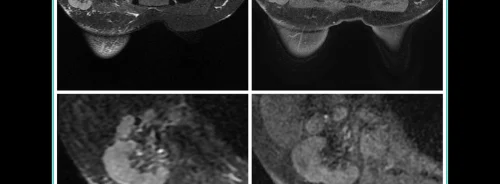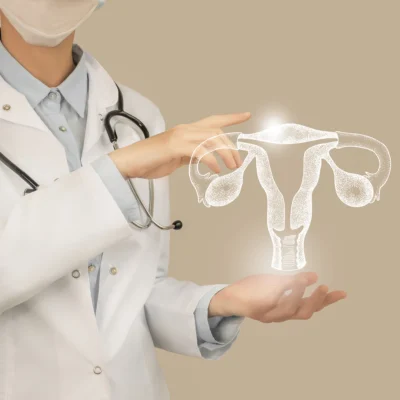Endometriosis is a condition that occurs when uterine cells grow outside the uterus and in locations including the intestines, bladder, lower spine, and kidneys. 6.5 million American women who suffer from endometriosis will normally encounter painful symptoms including intense cramping and heavy bleeding.
According to a recent study, there is a connection between a specific bacterium and the development of endometriosis. Data revealed that a higher presence of a type of bacteria, known as Fusobacteria, is found among women with endometriosis, compared to those who did not to have the disease.
Since antibiotics often treat bacterial infections, these findings could imply an Rx for common drugs could be a potential option for the treatment of the disease.
Currently, the most widely available treatment includes pain-relieving medications, hormones, and surgery. However, they all come with side effects, do not guarantee relief and may affect future pregnancies.
The team’s study compared pelvic tissue from 79 women who had endometriosis with the tissue of 76 women who did not have the condition. The findings revealed that 64% of women with endometriosis had Fusobacterium present in their uterine lining, while only 10% of women without endometriosis had the same bacteria.
The findings of the study suggest that Fusobacteria, along with potentially other bacteria, may play a role in influencing the development of endometriosis.
To investigate a possible causal link, Kondo and his team sought to explore whether bacteria could be the trigger that initiates and advances the development of endometriosis.
Scientists are aware that an as-yet-unproven chain of events can transform endometrial cells, known as fibroblasts, into myofibroblasts. These myofibroblasts are specialised smooth muscle cells that are believed to contribute to the growth of endometrial tissue outside the uterus. Kondo hypothesises that Fusobacteria may play a role in facilitating this process.
Linda Giudice, M.D., Ph. D., a professor of reproductive sciences and health at University of California, San Francisco in California, added, “Theoretically, when these cells get into the pelvis by retrograde menstruation, they could survive and grow and contribute to endometriosis formation in the pelvis”.
These findings point to a potential novel treatment. The data provides a strong and novel rationale for targeting Fusobacterium as a non-hormonal antibiotic-based treatment for endometriosis.
While the study suggests certain antibiotics may be a viable endo treatment, additional research is still required to assess the effectiveness of treatment and to review possible side effects.
It is important to note that further research is needed to validate the diagnostic potential of Fusobacteria testing and to determine the efficacy of antibiotics as a treatment for endometriosis.
Source: Health Central
Image Credit: iStock
References:
Chen C et al. (2017) The microbiota continuum along the female reproductive tract and its relation to uterine-related diseases. Nat Commun 8, 875.








